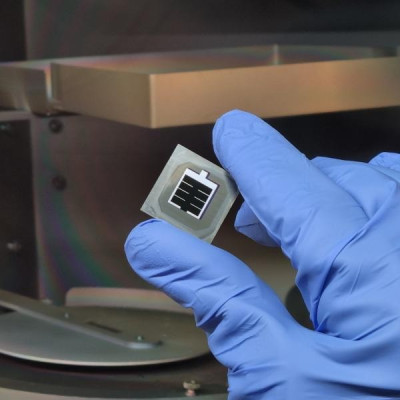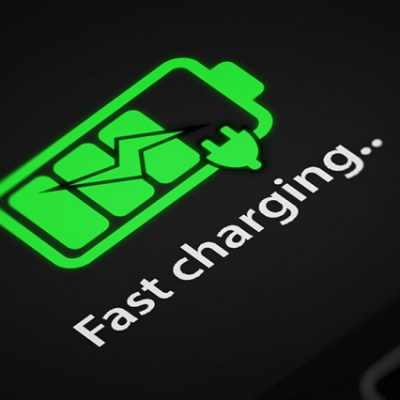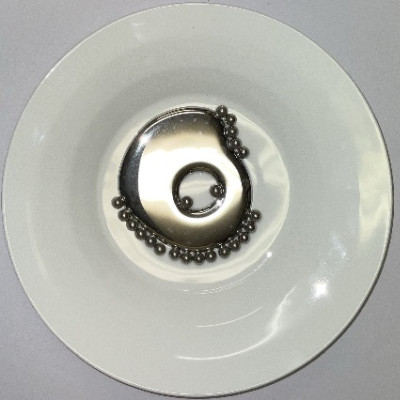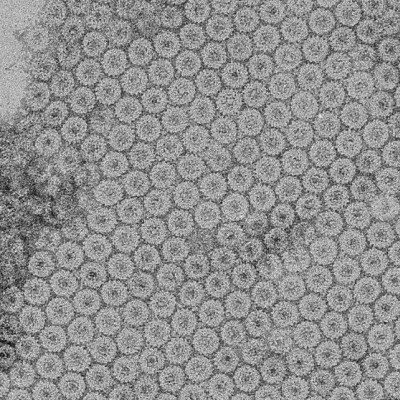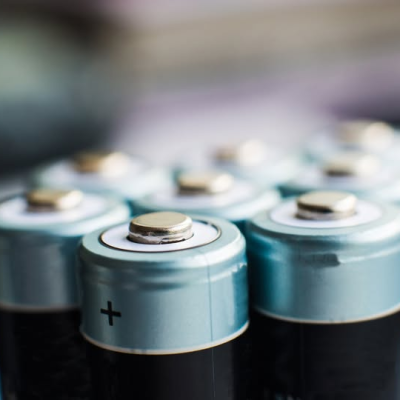The demand for efficient energy storage systems is ever increasing, especially due to the recent emergence of intermittent renewable energy and the adoption of electric vehicles. In this regard, lithium―sulfur batteries (LSBs), which can store three to five times more energy than traditional lithium-ion batteries, have emerged as a promising solution.
LSBs use lithium as the anode and sulfur as the cathode, but this combination poses challenges. One significant issue is the "shuttle effect," in which intermediate lithium polysulfide (LiPS) species formed during cycling migrate between the anode and cathode, resulting in capacity fading, low life cycle, and poor rate performance. Other problems include the expansion of the sulfur cathode during lithium-ion absorption and the formation of insulating lithium―sulfur species and lithium dendrites during battery operation. While various strategies, such as cathode composites, electrolyte additives, and solid-state electrolytes, have been employed to address these challenges, they involve trade-offs and considerations that limit further development of LSBs.
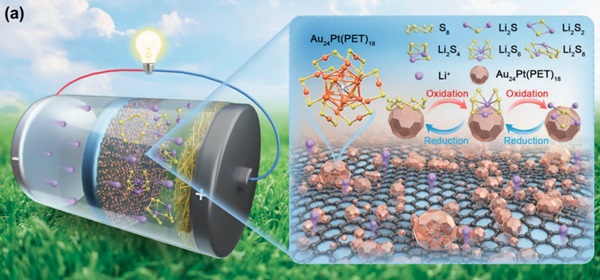
The gold nanoclusters in the graphene (G) nanosheet facilitate the adsorption of lithium polysulfide species (LiPSs) and catalytic reduction of sulfur (S8) to LiPSs to Li2S2/Li2S and oxidation of Li2S/Li2S2 to LiPSs to S8.
Recently, atomically precise metal nanoclusters, aggregates of metal atoms ranging from 1―3 nanometers in size, have received considerable attention in materials research, including on LSBs, owing to their high designability as well as unique geometric and electronic structures. However, while many suitable applications for metal nanoclusters have been suggested, there are still no examples of their practical applications. Now, in a latest collaborative study published in the journal Small on 25 August 2023, a team of researchers from Japan and China, led by Professor Yuichi Negishi of Tokyo University of Science (TUS), has harnessed the surface binding property and redox activity of platinum (Pt)-doped gold (Au) nanoclusters, Au24Pt(PET)18 (PET: phenylethanethiolate, SCH2CH2Ph), as a high-efficiency electrocatalyst in LSBs. The work is co-authored by Assistant Professor Saikat Das from TUS and Professor Deyan He and Junior Associate Professor Dequan Liu from Lanzhou University, China.
The researchers prepared composites of Au24Pt(PET)18 and graphene (G) nanosheets with a large specific surface area, high porosity, and conductive network, using them to develop a battery separator that accelerates the electrochemical kinetics in the LSB. "The LSBs assembled using the Au24Pt(PET)18@G-based separator arrested the shuttling LiPSs, inhibited the formation of lithium dendrites, and improved sulfur utilization, demonstrating excellent capacity and cycling stability," highlights Prof. Negishi. The battery showed a high reversible specific capacity of 1535.4 mA h g−1 for the first cycle at 0.2 A g−1 and an exceptional rate capability of 887 mA h g−1 at 5 A g−1. Additionally, the capacity retained after 1000 cycles at 5 A g−1 was 558.5 mA h g−1.
These results highlight the advantages of using metal nanoclusters in LSBs. They include improved energy density, longer cycle life, enhanced safety features, and a reduced environmental impact of LSBs, making them more environment-friendly and competitive with other energy storage technologies.
"LSBs with metal nanoclusters may find applications in electric vehicles, portable electronics, renewable energy storage, and other industries requiring advanced energy storage solutions. In addition, this study is expected to pave the way for all-solid-state LSBs with more novel functionalities," highlights Prof. Negishi. In the near future, the proposed technology can lead to cost-efficient and longer-lasting energy storage devices. This would help reduce carbon emissions and support renewable energy adoption, promoting sustainability.
Let us hope that this work motivates the application of metal nanoclusters to other sustainable energy storage systems as well!
Read the original article on Tokyo University of Science.


